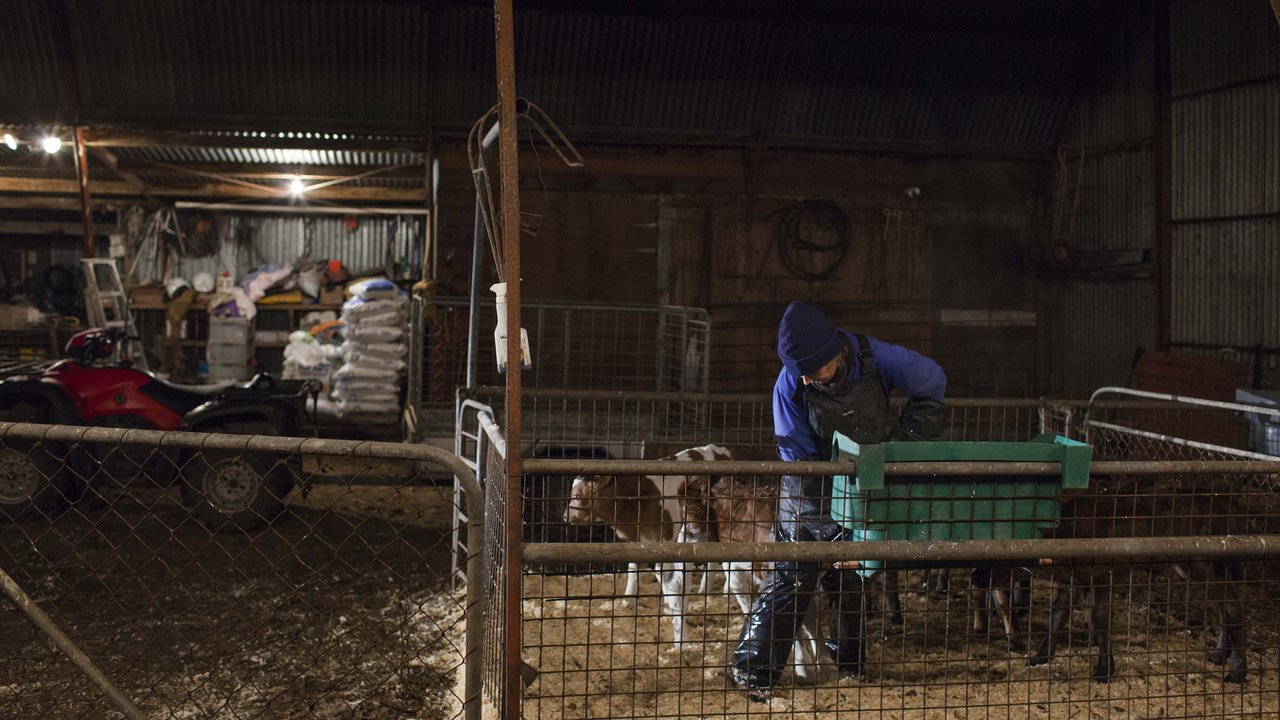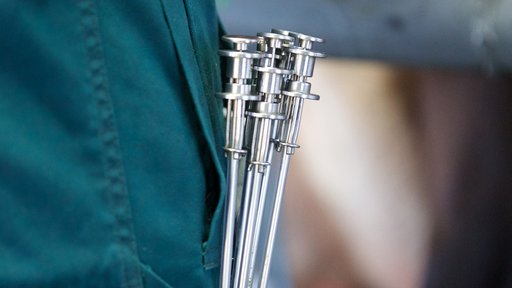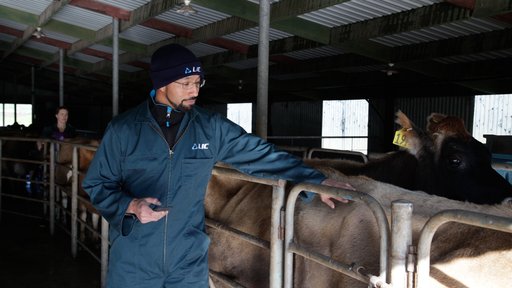Colostrum is a protein-rich food source with the highest levels of protective antibodies.
Cows produce colostrum in the first milking. The next seven to nine milkings produce transition milk. While it's nutritional, transitional milk doesn't have the same level of antibodies. So, it’s important you understand the role colostrum plays in calf health if you want to give them a good start to life. This will help you minimise or prevent devastating diseases and costly losses.
The health benefits of colostrum
A calf's placenta prevents transfer of large antibodies. To kickstart their immune system they must absorb these antibodies across the intestinal wall. Their ability to do this disappears 24 hours after birth. This makes their first hours of life crucial. Colostrum provides protection from:
- short- and long-term impacts of scour-causing pathogens such as Rotavirus
- infectious bugs they may encounter after birth.
How to make sure calves get enough good quality colostrum
You can’t always rely on a dam to provide a calf with the volume and quality of colostrum it needs. Take the following measures to make sure your calves get the antibodies they need to be healthy.
- Provide extra, high-quality colostrum in the first 24 hours of life, via tube or teat feeders.
- Give calves at least two litres of colostrum during the first six hours after birth.
- Check colostrum quality using a Brix refractometer to see if it’s above the 22% Grade One threshold.
- Vaccinate your herd against viruses such as Rotavirus and Coronavirus three to six weeks before calving (seek veterinary guidance on timing).
- Store first milking colostrum separate from transition milk in a clearly labelled lidded drum or vat – refrigerate at four degrees celsius.
- Add a chemical preservative agent (within regulatory requirements) such as potassium sorbate, if refrigeration isn’t an option.
- Clean all storage and feeding equipment to reduce risk of microbial contamination.
Factors that impact colostrum quality
Here are some of the factors that influence the quality of the colostrum produced.
Cow body condition
Cows below BCS 4 produce less colostrum.
Cow age
Older cows, on average, produce better quality colostrum than first calvers.
Dry period length
Short dry periods of less than three weeks can affect quality.
Leaking milk before calving
Cows that leak milk pre-calving will have reduced colostrum quality when they calve.
Time since giving birth
Colostrum quality experiences rapid decline each hour following calving.
Breed
Purebred Holstein colostrum contains lower antibody levels than that from Jersey cows.
Timing of calf pickups
Regular pickups during calving (twice daily) increase the likelihood of collecting good colostrum.
Kickstart the health of your calves by getting your colostrum practices right.
Get in touch with your vet or local DairyNZ consulting officer for more information.





